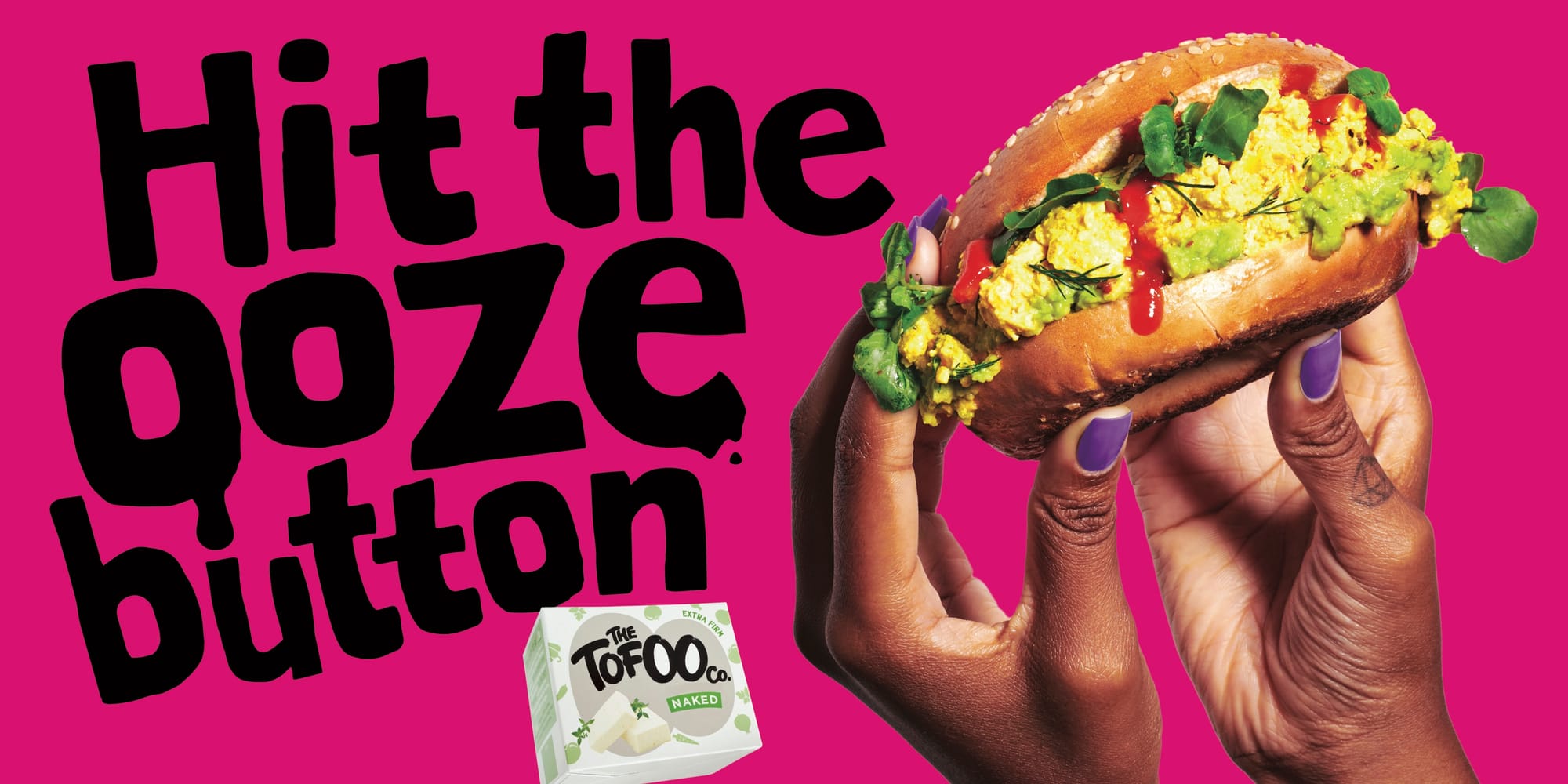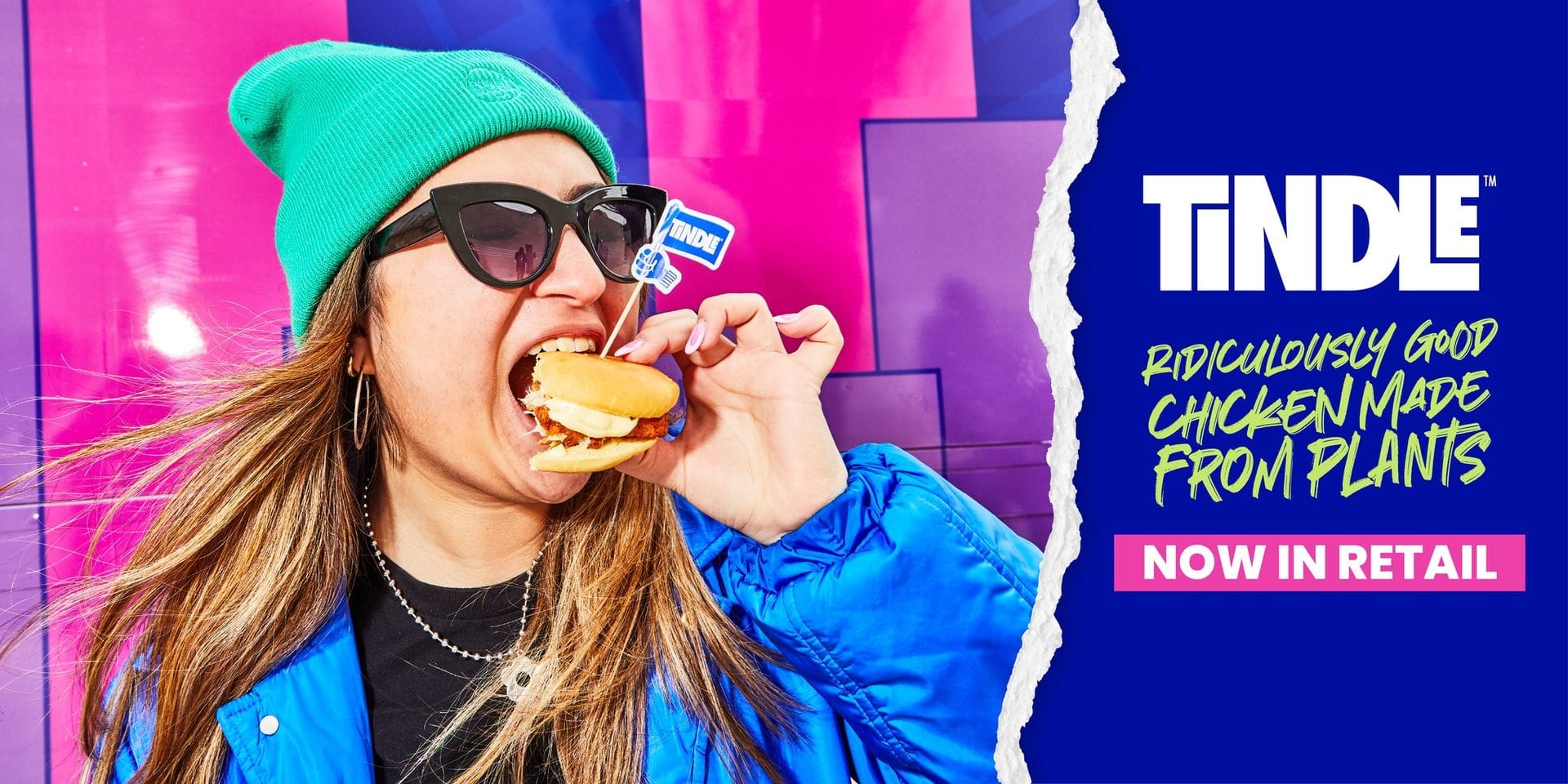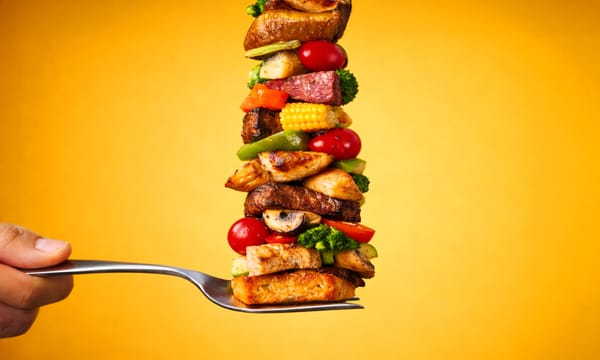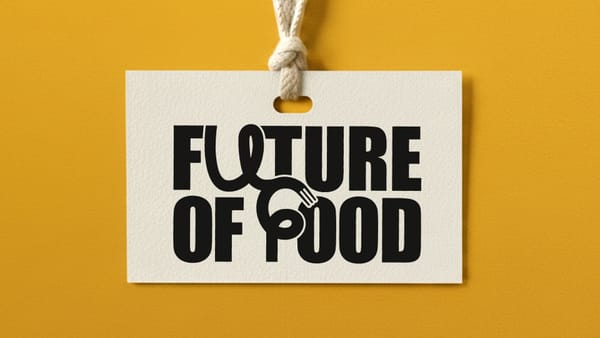UNSTUCK 011: Brands doing different right
Oatside, Tofoo and Tindle show us how to build an unfair brand advantage.

Regular readers will by now hopefully have grasped two key UNSTUCK principles:
- Sustainable food brands need meaningful differentiation to cut through in a cluttered market of brands: parity is not a winning strategy
- Sustainability on its own is not sufficiently meaningful differentiation: you need to understand the category drivers and how you can play against them better than the category incumbents
If you’re a new reader – welcome and thank you for being here. UNSTUCK is a regular drumbeat on the missing consumer mindset and skill set needed to take sustainable foods mainstream. Please ignore everything you’ve heard about all things being equal (taste, price, convenience) that consumers will come in their droves to purchase your sustainable innovation. Start building your knowledge here on what it takes to build demand and drive sales.
If you make a B2B ingredient, you need to help your customers (the brands) understand how your ingredient can help them differentiate themselves. If you’re a brand owner, you need to know the consumer problem that your innovation solves for – BEYOND sustainability. You have one advantage over the big players you’re up against who will beat you every time on price, availability and marketing dollars. You can beat them on agility, bringing genuinely exciting innovation - from the consumers perspective - to market, that can grab their attention and get you in their baskets.
Ten drum beats in and we’ve written a lot of words on why brands, and the industry as a whole, is getting it wrong. To kick off the next ten drum beats, we’re shining the light on examples of getting it right (of which there aren’t many, which is exactly why we’re here, but a few diamonds can be found!). Let’s go.
Oatside: Out Oatlying Oatly in Asia

Asia’s oat milk launched in 2020 into an increasingly cluttered market of plant-based milk brands, has gone from strength to strength and is now available in 18 markets.
Key Insight: The majority of Asians are lactose intolerant but default to soy milk because of familiarity, not taste
Opportunity: Launch a plant-based milk that tastes amazing and feels familiar to Asians
Strategy: Doubling down on taste, the team developed a product that delivered for local palates but also didn’t overpower the coffees and teas it needed to pair with. The branding leaned heavily into mascots and “Japanese quirky cute” cues to separate it from preachy Western alternatives. To gain awareness, Oatside set out to become the best partner to coffee and tea but in a way that focused on high-end baristas to preserve its cool-factor and premiumness, instead of starting out mass. The logic continues into their brand extensions, with one of their first ice cream flavors being Coffee with Mini Chocolate Chips.
Tofoo: From Hippies to Everyone

The British, North Yorkshire tofu maker has scaled to £20m in revenue and is projecting double digit growth while the overall meat alternatives category in the UK is declining.
Key Insight: There are many regular people who are looking to cut down on meat, but see tofu as bland and fiddly to cook with
Opportunity: Take tofu from something that’s “just for hippies” to something for everyone
Strategy: Tofoo’s founders acquired an artisan tofu producer and focused the format on a firm style that’s easy to use out of the box. The vibrant, inviting branding instantly pulled it apart from the bland look of the category and small touches like recipe cards in each pack reinforced the versatility message covering use in multiple different dishes and cuisines. It wasn’t long until major retailers like Tesco caught on and food service partnerships such as with Slug & Lettuce, a bar chain, followed soon after. Continuous brand extensions such as marinated tofu and activations themed around the idea of FastFoo continue to reinforce the simplicity and ease that is key in attracting a tofu-phobic audience. They aren’t only growing their brand, they are building a whole new category that retailers are starting to take seriously.
Tindle: A Ridiculously Good Marathon

Key Insight: To change food habits you need to become part of food culture
Opportunity: Launch a taste-first brand in an industry talking about planet first
Strategy: Tindle has built its brand on celebrating the sharing and enjoyment of food. Because it was global from the get go, it has had to adopt a flexible approach to be meaningful in different markets. A schnitzel is different from Chicken Kiev, is different from Buffalo wings, is different from karaage – even though all of these dishes can be made from plant-based chicken. This has meant an asset light approach to manufacturing, but a consistent and consistently energetic approach to marketing. There is no sign of green or parity claims, just the disciplined building of distinct brand assets (such as the blue color) and super clear messaging on what it is (ridiculously good chicken made from plants). Its lean global structure and innovative media deals have given it a runway to have a genuine shot at changing consumer behavior.
So what do all these brands have in common? They’re founded by, or led by, food industry veterans. These are people who know how the industry works and understand the importance of brand building over commoditization. They are consumer (not tech or sustainability or animal welfare) obsessed in everything they do. Consumer orientation is critical whether you are a B2B ingredient, or a brand. The food industry has known this for decades and they are way ahead of you. These examples show what can happen when you bring food industry experience and consumer orientation to the fore, more on that in the next UNSTUCK.






